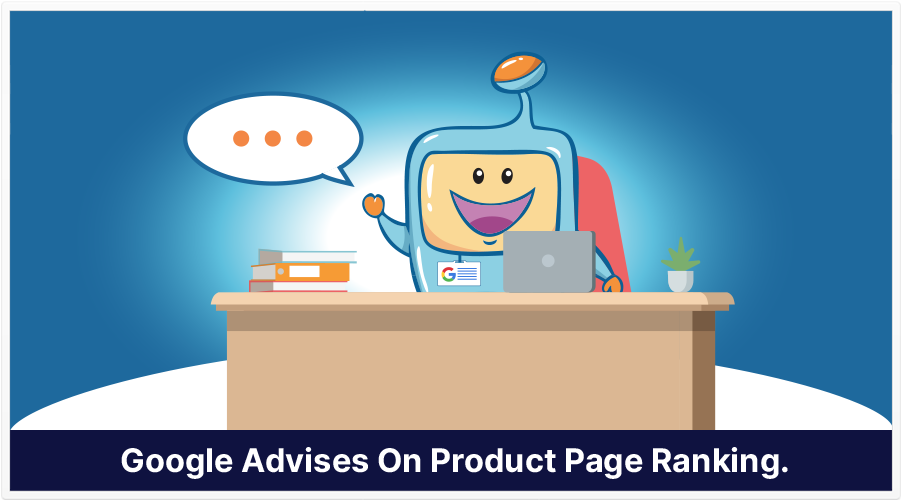
On a recent Q&A call that Google usually conducts, a participant came on, relaying his situation to Google’s John Mueller.
He’s doing SEO for a pretty new e-commerce site (about 8 months old). It’s not a huge site, as they sell only about 30 to 40 products online, focusing on green and herbal teas.
It sounds like the site has a solid foundation (on-page SEO and structured data, for example).
They’re working a lot on their blog section, using informational skyscraper content (2000 to 3000 words), and they rank.
The problem is with the actual content pages: they weren’t ranking.
“What should my approach be from here on?” he asked.
Mueller began to reply, saying, “I think that’s always challenging, and I don’t think there’s a simple trick to make that happen.”
He did continue to say that, for e-commerce sites, Google Merchant Center should be set up correctly. He went on to say that products can be submitted to Google Shopping, which would give products a little bit more extra visibility.
For the case where blog posts are ranking well, but not the product pages, internal linking can help. Link from the ranking blog posts to a few key products.
It’s important that, at least from a single blog post, only a few products (I’d say one or two) are linked to. That way, it would show that those products are a bit more relevant.
In this vein, it’s important to think of which handful of products are the most important to you. They could be the ones that are your best sellers, the ones that have a higher profit margin, the ones where a certain portion goes to charity, or what have you.
The participant confirmed that, with regard to the internal linking, they were doing what Mueller was advising.
Mueller then offered another tip: from your shop’s (or store’s) home page, instead of linking to all of your products, link to fewer items.
The participant then reiterated, for confirmation, what his future plans should be: choosing a few products, and internally linking to those.
“I think you’re on the right track,” Mueller said. “Sometimes the competition is quite strong, and takes a while.”
With that, I have some of my own thoughts, which are below.
Competition
Perhaps the biggest contributing factor to the difficulty this participant is encountering is the fact that he’s in a market that has a lot of strong competition.
The herbal tea market is quite large. I did a Google search for herbal tea, and Google said it had over 200 million results. Now, I know that number is just a rough estimate, but it shows that there are a lot of other sites that are in the tea market.
Relatively New Site
The site in question is about 8 months old. In a competitive market, it may take some time for product pages to start to rank.
Product Pages Can Have More Content
If his blog posts are ranking, and they’re 2000-word posts, I wonder what the case may be if his product pages have some more content on them. It may be hard to write a 2,000-word product description, but I wonder if the product pages would (or wouldn’t) rank higher if they had more content on them. It’s worth a try, and I don’t think it’ll hurt anything.
Not Sure If He Has a Signature Product. He Needs to Stand Out
As I mentioned above, the herbal tea market is quite competitive.
If his site doesn’t have a signature tea or something outstanding that specifically defines his site from every other tea site, it may be hard for him to gain the brand recognition, patronage, and visibility he needs.
If you find that you have an e-commerce site in a similar situation, try implementing some of the advice here. It may take a while, but it may be worth it.